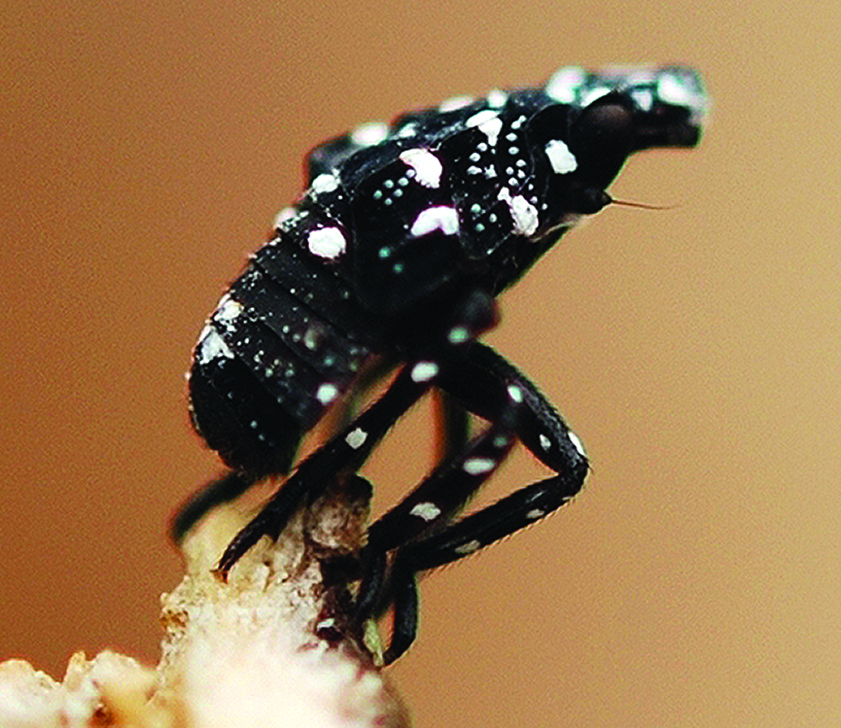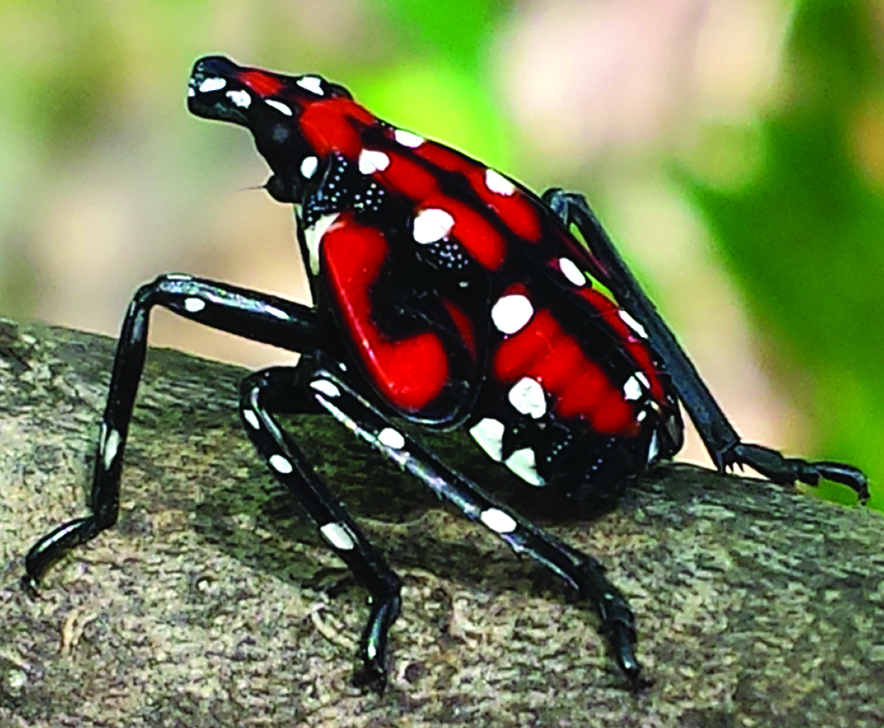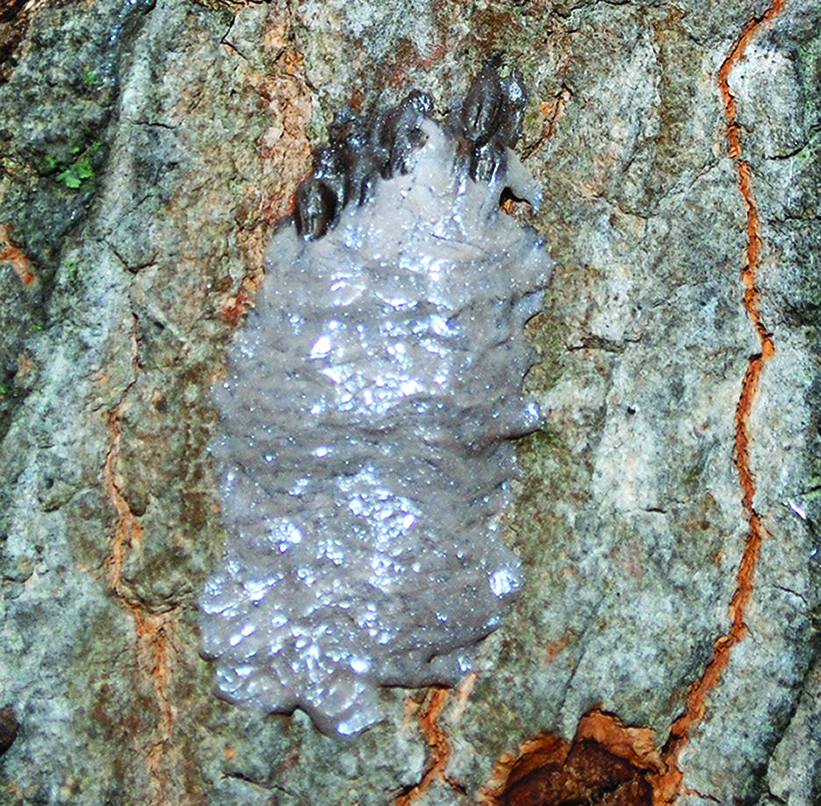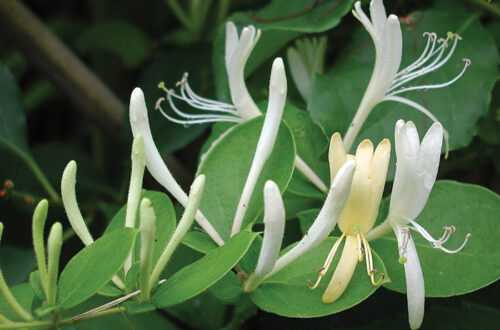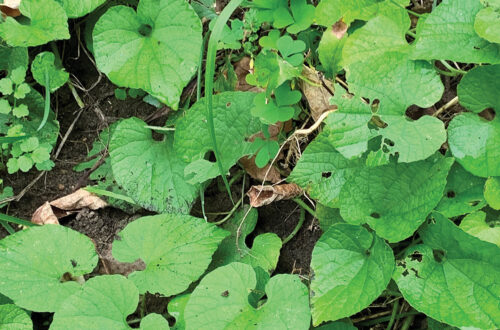The CT Agricultural Experiment Station (CAES) has announced the detection of an adult spotted lanternfly, Lycoma delicatula, in Stamford and West Haven, and several live adults in Greenwich and New Canaan.
Surveys in the areas of the detections will be conducted. Single adults were discovered in Farmington in 2018 and Southbury in 2019.
The spotted lanternfly (SLF) is an invasive sap-feeding planthopper that was originally discovered in Berks County, Pennsylvania in 2014. It is native to China, India and Vietnam.
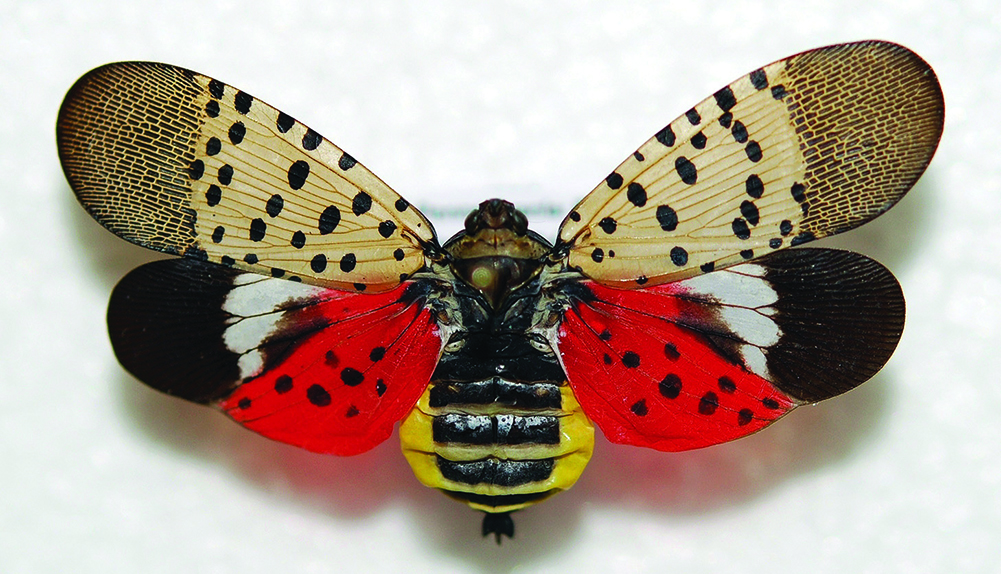
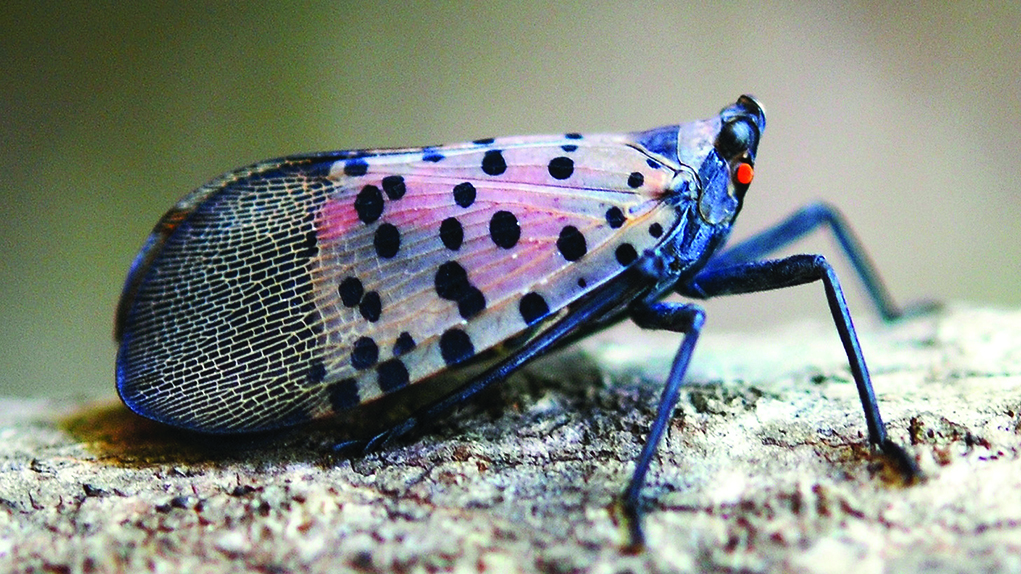
SLF attacks many hosts and has the potential to severely impact farm crops, particularly apples, grapes and hops, and a number of tree species including maple.
In addition to Pennsylvania and Connecticut, Spotted Lanternflies have also been reported in Delaware, New Jersey, New York, Virginia, and West Virginia.
In the fall, adults can often be found congregating on its preferred host, the invasive tree-of-heaven (Ailanthus altissima). It will also snack on more than 70 other plant species including hops and grapevines. Even garden shrubs and plants could be in danger.
Their feeding results in a sticky substance called honeydew that attracts other insects and promotes black mold.
SLF will lay egg masses on trees and almost any nearby surface … even relatively smooth ones.
The planthoppers can hitch a ride on pretty much anything including equipment, firewood, plants and vehicles.
Early detection is important for the protection of businesses and agriculture.
If you suspect you’ve found a SLF, snap a picture of it, collect it if possible, and report it to ReportSLF@ct.gov
